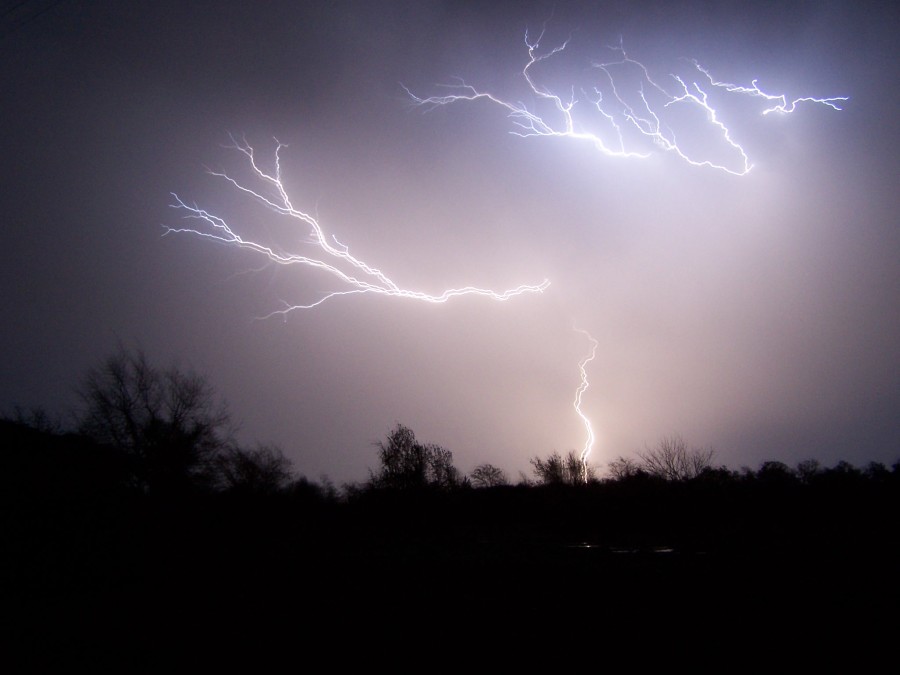By Louis Sahagun
A new study broadens a notion held by the earliest criminologists: Periods of higher temperatures — on an hour-by-hour or week-to-week basis — are likely to produce more crime.
The study by Matthew Ranson of Abt Associates, a research and consulting firm in Cambridge, Mass., suggests global warming will trigger more U.S. crimes including murders and rapes over the next century, with social costs estimated to run as high as $115 billion.
Between 2010 and 2099, climate change can be expected to cause an additional 22,000 murders, 180,000 cases of rape, 1.2 million aggravated assaults, 2.3 million simple assaults, 260,000 robberies, 1.3 million burglaries, 2.2 million cases of larceny and 580,000 cases of vehicle theft, the study published this week in the Journal of Environmental Economics and Management says.
Compared with the number of crimes expected to occur during this period in the absence of climate change, these figures represent a 2.2 percent increase in murders, a 3.1 percent increase in cases of rape, a 2.3 percent increase in aggravated assaults, a 1.2 percent increase in simple assaults, a 1 percent increase in robberies, a 0.9 percent increase in burglaries, a 0.5 percent increase in cases of larceny and a 0.8 percent increase in cases of vehicle theft, the study says.
The social costs of these increases would be roughly $38 billion to $115 billion, based on dollar values of per-offense losses established by earlier research.
“A 1 percent to 3 percent increase in a particular crime may seem modest,” Ranson said in an interview. “But for victims, survivors and law enforcement, the burden of those numbers can be very substantial.
“The broader context here is that climate change will influence our lives in a variety of ways beyond how much water we can spare for such things as farming,” he added. “Now, there is reason to believe it will also impact social connections in our neighborhoods, the amount of time we allow our children to spend outside and how much we are willing to spend on law enforcement.”
Overall, crime rates for most offenses by 2090 will be 1.5 percent to 5.5 percent higher because of climate change, according to the study of crime statistics and weather data for each of the nation’s nearly 3,000 counties.
“To put these numbers in perspective,” the study says, “recent research suggests that a 1 percent increase in the size of a city’s police force results in an approximate 0.3 percent decrease in violent crimes, and a 0.2 percent decrease in property crimes, with some variation across types of offenses.”
Therefore, it adds, “an immediate and permanent 4 percent increase in the size of the U.S. police force would be required to offset the aggregate climate-related increases in murder, manslaughter, robbery, burglary and vehicle theft likely to occur over the next century.”
The study merged monthly reports on criminal activity from the FBI’s Uniform Crime Reporting files with temperature and precipitation records for 2997 counties from the U.S. National Climatic Data Center’s Global Historical Climatology Network Daily and projections of future climate drawn from 15 global circulation models.
The data set covers a 30-year period and contains 891,000 unique county-by-year-by-month observations.
———
©2014 Los Angeles Times
Visit the Los Angeles Times at www.latimes.com
Distributed by MCT Information Services



